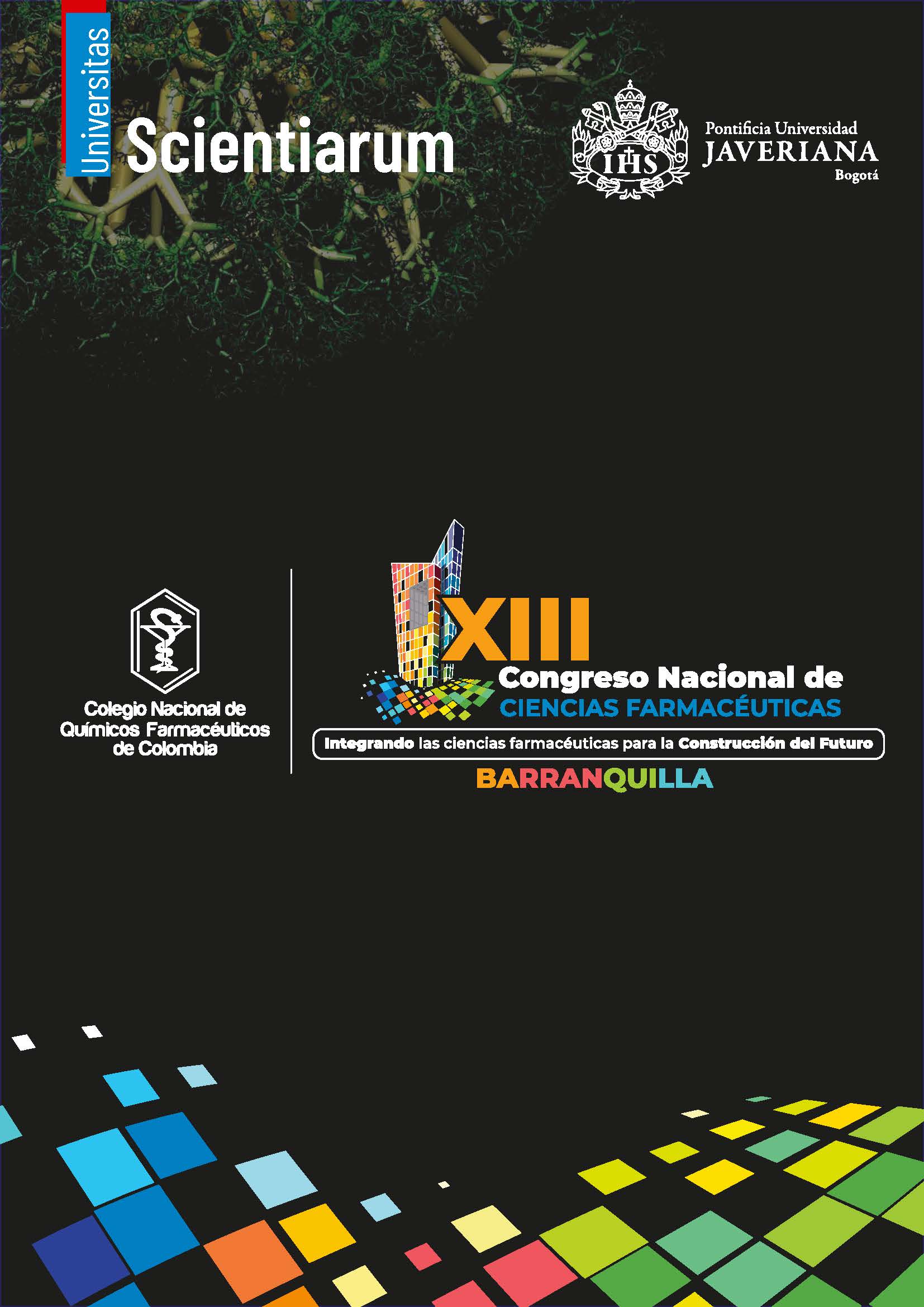Abstract
Commercially available sunscreens contain filters that can affect not only human health, mainly by causing endocrine imbalances, but also the environment. It is therefore necessary to search for new natural ingredients from raw materials for the manufacture of sunscreens that can prevent diseases and other skin and health problems. This study evaluated the photoprotective activity of ethanolic extracts, as well as organic and aqueous fractions of the peel and seed of green and ripe avocados. Ethanolic extracts of Hass avocado peel and seed were prepared using the ultrasound method and then fractionated. The flavonoid concentration of the samples was determined using the aluminum chloride method, and the absorbance at 510 nm was measured in triplicate. The organic fractions of ripe peel and seed, which showed the highest flavonoids concentration, were subjected to spectral scanning in the range of 290 nm - 320 nm at 5 nm intervals to calculate the Sun Protection Factor (SPF). Phytochemical analysis confirmed the presence of phenolic compounds, tannins, and flavonoids. The aqueous fraction of ripe peel and the organic fraction of ripe seed showed similar flavonoid concentration (242.67 mg rutin/g), while significant differences were observed among the other groups according to the ANOVA analysis (p < 0.05) and Tukey’s test. The results of the SPF assessment established that the extracts of ripe avocado peel and seed showed the highest SPF 25 and 20, respectively. The seed: peel mixture (1:5) presented an SPF value 4.2, placing the formulation in the high range. The peel and seed of Persea americana represent a potential source of molecules with photoprotective activity. The ripe avocado peel extract demonstrated an SPF categorized as medium protection, which, in combination with other natural extracts, may enhance overall photoprotection.

This work is licensed under a Creative Commons Attribution-NonCommercial 4.0 International License.


